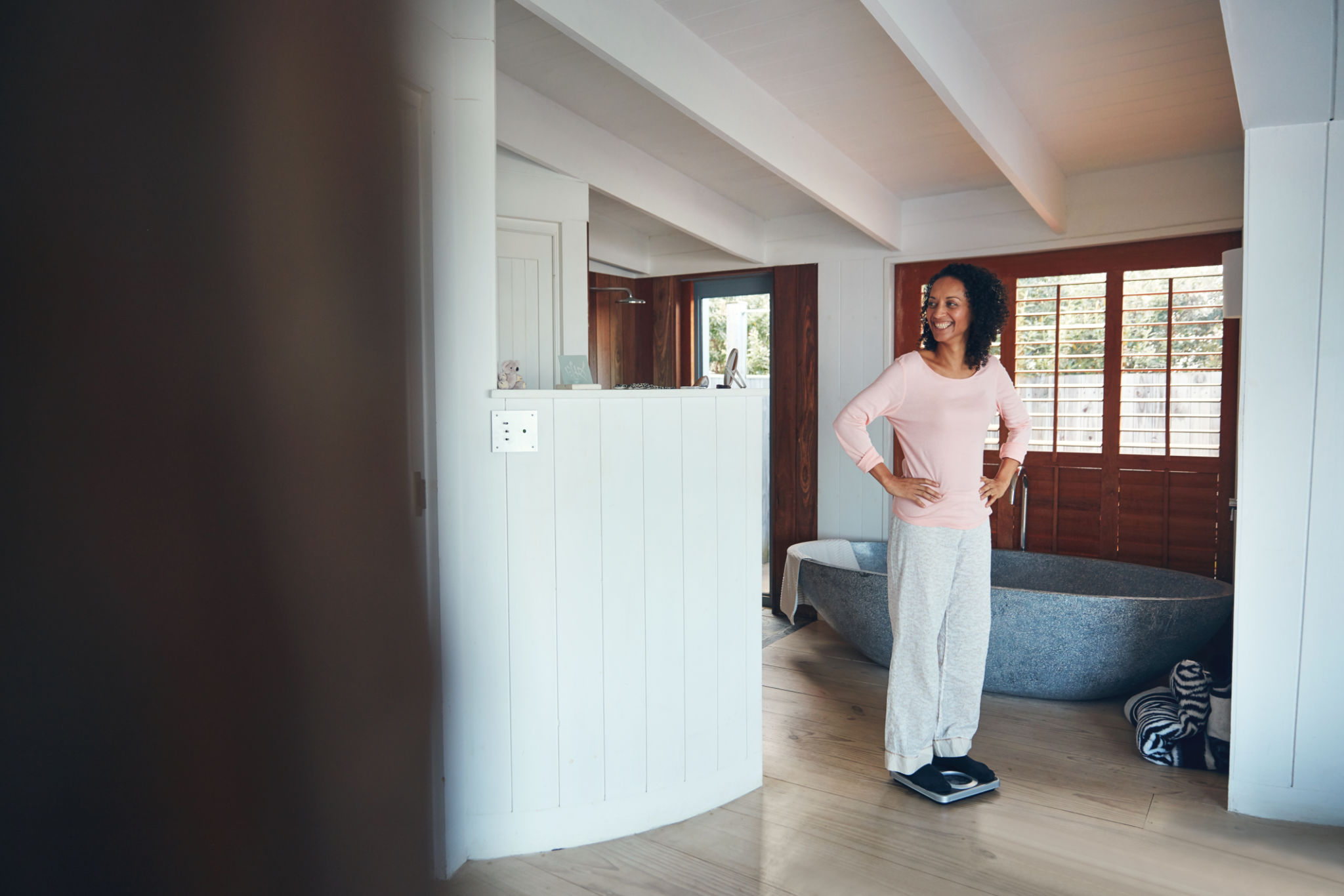Common Home Decor Mistakes and How to Avoid Them
Understanding Scale and Proportion
One of the most common mistakes in home decor is ignoring the importance of scale and proportion. This happens when furniture or decor items are either too large or too small for the space they occupy. To avoid this, measure your room dimensions before purchasing new pieces. Remember that a giant sofa in a small living room can make the space feel cramped, while tiny furniture in a large room can look awkward.
An effective way to ensure proper scale is to create a floor plan. This can help you visualize the arrangement and ensure that each piece fits well within the space. Consider using online tools or apps designed for this purpose.

Choosing the Right Color Palette
Color is a powerful element in home decor, yet many people make the mistake of choosing colors that clash or are too bold for their space. To avoid overwhelming your room, start by selecting a color palette that complements the existing elements like flooring and fixtures.
Consider using the 60-30-10 rule, which involves using three colors in your decor: 60% being a dominant color, 30% a secondary color, and 10% an accent color. This method creates a balanced and harmonious look. Also, test paint colors by applying small swatches on your walls and observing them under different lighting conditions.
Lighting: The Overlooked Element
Lighting is often an afterthought in home decor, but it plays a crucial role in setting the ambiance and functionality of a space. Relying on a single overhead light can result in insufficient illumination and create unwanted shadows.
To avoid this mistake, layer different types of lighting such as ambient, task, and accent lighting. Use table lamps, floor lamps, and wall sconces to add depth and character to your room.

Avoiding Clutter
Clutter can quickly undermine any well-decorated space. It's important to strike a balance between having enough decor items to express your personality and keeping surfaces tidy and organized. To prevent clutter, invest in smart storage solutions like multi-functional furniture with hidden compartments.
Regularly declutter by sorting through items and deciding what needs to be kept, donated, or discarded. Additionally, establish designated spots for frequently used items, ensuring everything has a place.
Functional Furniture Arrangement
Improper furniture arrangement can disrupt the flow of a room and make it less functional. It's crucial to arrange furniture in a way that encourages conversation and movement. Avoid pushing all furniture against the walls; instead, create cozy groupings that facilitate interaction.

Consider traffic patterns within the room and ensure there is enough space for people to move around comfortably. Using area rugs can also help define zones within an open-plan space.
Displaying Artwork Correctly
Artwork enhances any living space, but incorrect placement can diminish its impact. A common mistake is hanging artwork too high or choosing pieces that are too small for the wall. To avoid this, position artwork at eye level for optimal viewing.
If displaying multiple pieces, consider creating a gallery wall. This involves grouping various artworks together in a cohesive manner. Ensure adequate spacing between pieces to maintain visual balance.
Investing in Quality Over Quantity
When decorating your home, it's tempting to fill spaces quickly with inexpensive items. However, investing in quality pieces often pays off in the long run. High-quality furniture and decor not only last longer but also add sophistication to your space.
Prioritize key items such as sofas or dining tables where quality matters most. You can then accessorize with more affordable decor pieces to complete the look without compromising on style.
